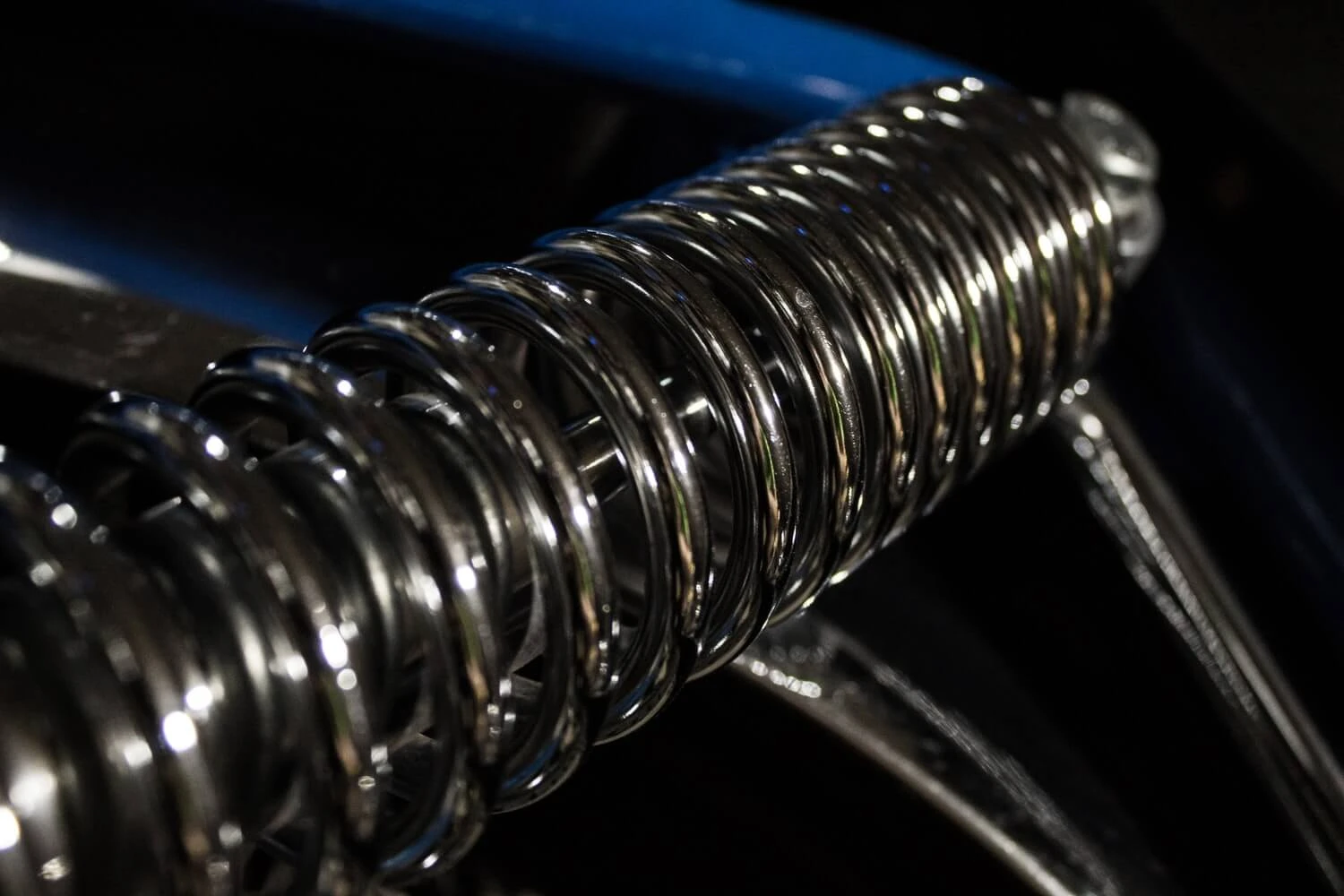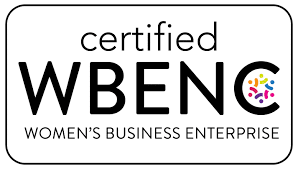Metal finishing enhances metal parts’ appearance, durability, and functionality through various industries’ plating, coating, and polishing processes.
What is Metal Finishing?
Metal finishing is a range of processes designed to enhance the surface of metal components for improved appearance, durability, and performance. Surface processes aim to protect the surfaces from corrosion and wear out but, at the same time, are thought to make them attractive through processes such as plating, coating, polishing, and cleaning.
Metal finishing techniques are crucial for the automotive, aerospace, electronics, and even jewelry industries. These industries have developed highly advanced and eco-friendly options. The first step in finishing is tailoring the metal surface to ensure that the component meets specific operational and visual requirements.

The Importance of Metal Finishing
Metal finishing is essential for improving metal objects’ durability, performance, and look. It dramatically protects the material from corrosion, which is a major cause of metal disintegration, by applying coatings or treatments. In such a way, it prolongs the lifetime of the part made of metal, which is used in the various branches of industry. Improved surface properties cover increased electrical conductivity or adhesion, promoting metal components to increased applications and improved performance.
Aesthetic metal finishing provides a desirable finish that meets visual appeal standards for the consumer and industrial markets.
Various finishing techniques can transform steel into a distinctive and personalized material. Some popular methods include:
1. Blackened Steel:
By carefully applying solvents, steel can be given a sleek, blackened appearance. This technique adds a stylish look and highlights the unique patterns inherent in hot-rolled mild steel.
2. Grained/Brushed Finishes:
Different brushing techniques create subtle patterns on the metal’s surface. When illuminated, these patterns are further enhanced, resulting in an eye-catching effect.
3. Bronze Patina:
Solvents are skillfully applied to darken bronze, allowing for various customized finishes. This technique adds depth and character to the metal, creating personalized pieces.
The choice of metal also plays a significant role in the variety of finishes available. Metals such as bronze, copper, zinc, and stainless steel offer distinct characteristics and can be treated in specific ways to achieve desired looks. This allows for a curated selection of finishes that cater to individual preferences and design aesthetics.
Most of the parts, if not all, made of metal in an automobile need finishing. In most cases, they need to be finished to protect them from rust in severe environments for the durability and safety of the vehicle. For instance, in electronics, the metal finishing process provides further improved functionality in conductivity and solderability wherever required in critical areas. This underlines the requirement of metal finishing as one of the important needs for quality and performance in all industry sectors.
Why Use Metal Finishing?
Metal finishing is the foremost process, ensuring the durability, functionality, and aesthetic appeal of metallic components used in different industries. This treatment applies a thin complementary layer to the metal surface, offering many advantages.
Strengthen the Substrate
Metal finishing processes, such as hardening or anodizing, greatly increase the inherent strength and durability of the metal substrate. With a harder surface in place, the processes essentially harden the metal’s resistance to wear and tear and even its conductive properties, increasing durability and lengthening everything from the lifespan of industrial machinery to consumer electronics.
Reduce Effects of Friction and Corrosion
There are two main contributors to the degradation of metals: friction and corrosion. The finishing methods, such as plating or coating, apply a protective layer that minimizes direct contact with the corrosive agent by reducing friction against the surface. Implementing this safeguard would be most useful for any structure to protect these elements from adverse conditions or those subjected to constant movement.
Enhance Chemical Resistance
Chemical resistance is vital for metals exposed to harsh substances. Finishing processes such as chemical film coating provide a barrier that prevents destructive reactions, safeguarding equipment in chemical plants, laboratories, and industrial settings.
Upgrade Appearance
Beyond functionality, metal finishing can significantly improve the visual appeal of metal items. Polishing, plating, and painting processes give products a desirable finish, from mirror-like gloss to matte, enhancing consumer appeal in the automotive, jewelry, and appliance industries.
Blackening steel is a process that involves the use of solvents to create a sleek, black appearance on steel. Not only does this give the metal a stylish look, but it also highlights the unique patterns inherent in hot-rolled mild steel.
Additionally, various brushing techniques can be used to create grained or brushed finishes, which add subtle yet eye-catching patterns to the surface of the metal.
Another option for customizing the appearance of steel is using a bronze patina, which involves the skillful application of solvents to darken the bronze and create a range of personalized finishes that add depth and character to the metal.
Improve Paint Cohesion
Paint adhesion is critical for aesthetic and protective purposes. Metal finishing processes like surface preparation and priming create an ideal foundation for paint, ensuring it adheres better and lasts longer, which is essential for automotive and architectural applications.
Clean the Surface
Lastly, metal finishing cleans the surface, removing impurities, oils, and other contaminants. This cleaning ensures subsequent coatings adhere properly and perform as intended, which is critical for quality control in manufacturing processes.
Factors To Consider While Choosing a Type of Metal Finishing
When choosing a metal finishing process, understanding the material and environmental conditions it will face is paramount.
Type of Metal
The type of metal being used dictates the finishing options available. Different metals react uniquely to finishing processes; for instance, aluminum requires a different treatment than steel to prevent corrosion and enhance durability. Each metal has its own set of compatible finishes, such as anodizing for aluminum or galvanizing for steel, tailored to exploit the material’s inherent properties.
Aesthetic Preferences
Aesthetic Metal finishing service brings your metal finishing to the next level. Eckstrom Industries combine technical expertise with creative vision to give your metal products a stunning and unique look.
Various finishing techniques can give steel a unique look. Some common methods include rusted, blackened, and grained/brushed finishes.
Rusted steel has a weathered appearance and can be created through chemical treatments. Blackened steel is achieved by applying solvents that create a blackened look and highlight patterns in hot-rolled mild steel.
Grained/brushed finishes use different brushing techniques to create subtle patterns on the metal that are enhanced by lighting. Bronze patina allows for the darkening of the metal to create personalized finishes.
The choice of metal, such as bronze, copper, zinc, and stainless steel, also plays a role in the variety of finishes available.
What Can You Expect From Eckstrom Industries?
– Customized designs and finishes to suit your specific needs
– Use of high-quality materials and techniques for a flawless finish
– Expert team with years of experience in metal finishing
– Attention to detail and precision for a flawless and aesthetically pleasing result
– Enhance the value and appeal of your metal products with our aesthetic touch
Environmental Factors
These also help you choose a metal finish. The conditions under which the finished product is to operate, be they high humidity, exposure to chemicals, or other abrasive conditions, predict what protective qualities will be necessary from the finishing process. For outdoor use, it should also include a finish resistant to UV damage and corrosion, while those in contact with parts like chemicals shall include a finish with chemical resistance.
The Most Frequently Asked Questions (FAQs) – Metal Finishing
What is the Future of Metal Finishing?
The future will focus on sustainability because of the growth of eco-friendly processes and materials. In this regard, automation and innovation in the field of nanotechnology will make the processes more effective and yield new coatings with better-protecting and functional features. The industry is moving towards processes that offer environmental benefits without compromising on quality or durability.
What is the Best Coating for My Parts?
Choosing the best coating depends on several factors, including material compatibility, environmental exposure, and desired physical attributes like corrosion resistance or aesthetic appeal. Consulting with a metal finishing expert can provide tailored advice, ensuring the selection effectively meets specific needs and application requirements.
What Kind of Turnaround Time Can I Expect From a Metal Finishing Project?
Turnaround times for metal finishing projects can significantly vary, influenced by the finishing technique, project size, and specific processing requirements. Effective communication with your service provider about your timeline and project expectations is crucial. Planning and providing clear details can help achieve a timely and successful outcome.
Conclusion: Mastering Metal Finishing Selection and Expectations
In the evolving landscape of metal finishing, understanding the nuances of selecting the right coating, anticipating future trends, and setting realistic project timelines are pivotal. The advancements in eco-friendly processes, the importance of matching coating types to specific material and environmental needs, and the significance of planning for project turnaround times cannot be overstated. The invaluable partnership with a knowledgeable and reliable service provider is at the heart of navigating these complexities.
Eckstrom Industries stands at the forefront of metal finishing innovation and service excellence. Our expertise aligns with current industry standards and anticipates future needs for metal finishing technologies. We are dedicated to offering tailored solutions that enhance your projects’ durability, functionality, and appearance.
Please contact Eckstrom Industries today to take your metal finishing results to a whole new level and ensure that your project benefits from all the latest industry improvements and bespoke care. Please feel free to approach us for a customized consultancy for your project inquiries or any other matter. Allow us to help you attain the quality and efficiency that your projects call for.
Recommended Article: Let’s Explore Patina: From Copper Patina, Black Patina & Other Finishes

